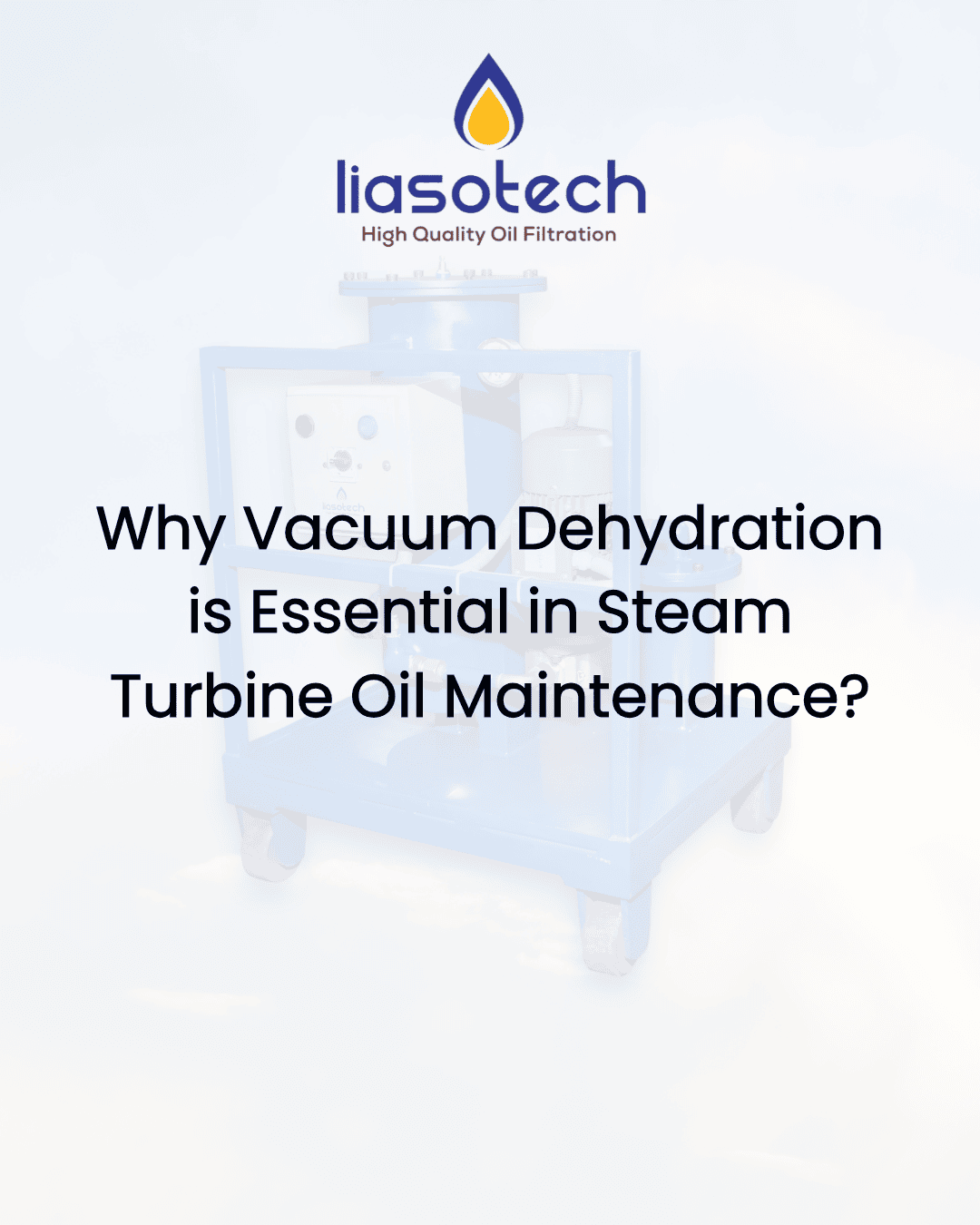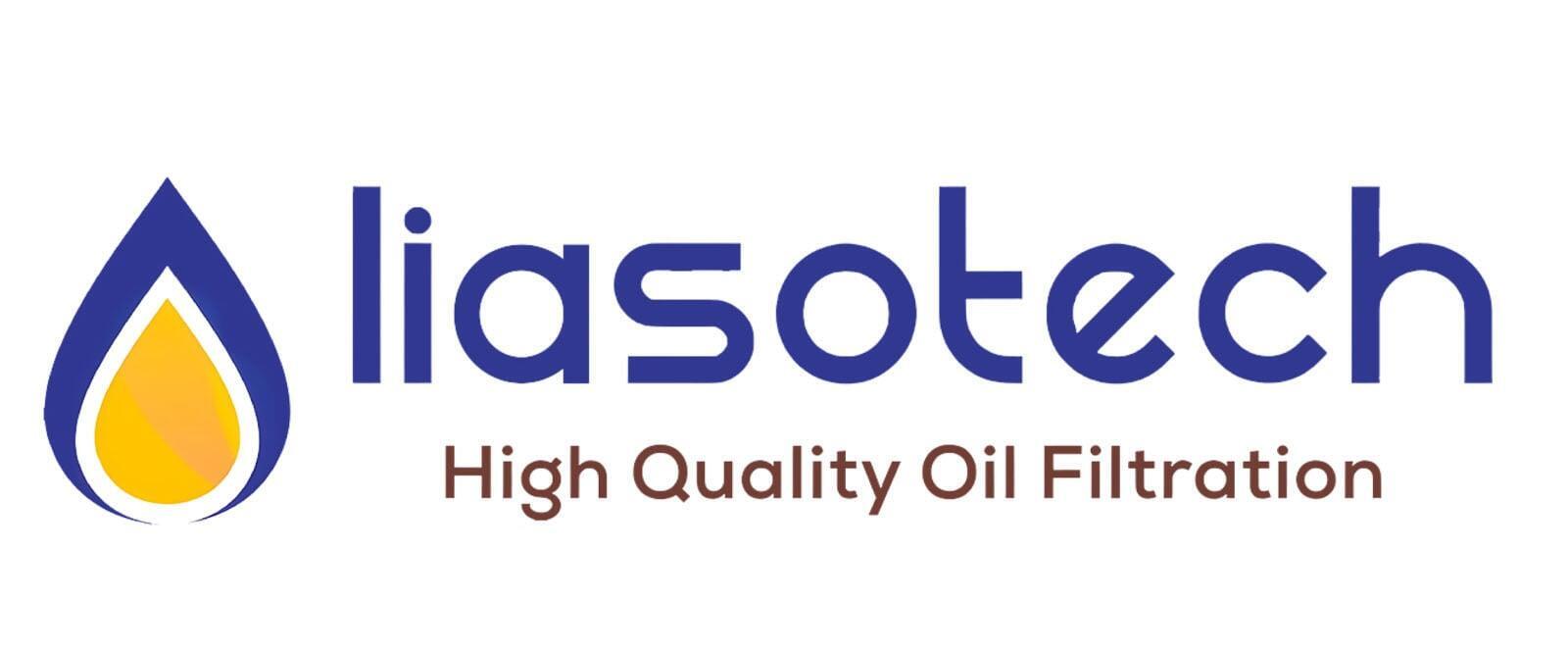
Steam turbines are the heartbeat of many power plants and process industries, from thermal generation units to chemical and paper plants. But when turbine oil is compromised by water, the consequences can be costly: loss of efficiency, equipment damage, and even unscheduled shutdowns. Vacuum dehydration has emerged as a proven solution to eliminate water from turbine oil, safeguarding performance and extending system life.
Understanding the Water Problem in Turbine Oils
Turbine oils are expected to perform under high loads and temperatures while maintaining lubrication, cooling, and hydraulic functions. However, steam turbines inherently invite water ingress from:
Condensation in bearing housings
Seal leaks
Moisture from ambient environments
This water doesn’t just sit in the oil, it chemically interacts with it, forming emulsions and promoting oxidation, sludge formation, and reduced lubricity.
Even 100 ppm of water can:
- Increase bearing wear
- Disrupt oil film strength
- Accelerate additive depletion
- Cause corrosion in critical components
Why Vacuum Dehydration Over Conventional Methods?
Traditional filtration is limited when it comes to removing emulsified or dissolved water. Vacuum dehydration, on the other hand, uses controlled heat and low pressure to vaporize and extract water directly from the oil, regardless of its state.
Key Advantages:
Removes free, emulsified, and dissolved water in one pass
Lowers Total Acid Number (TAN) rise
Maintains lubrication properties
Enhances oil life, reducing disposal and replacement costs
Real-World Impact
Power plants using vacuum dehydrators report up to:
- Extended oil life by 2x–3x
- Lower maintenance frequency for control systems
When to Consider Vacuum Dehydration?
If your oil analysis reveals:
Water content > 100 ppm
Increased TAN
Foaming or cloudiness in oil
Then it’s time to deploy a vacuum dehydration system, ideally as a continuous maintenance unit to preserve oil integrity proactively.
Liasotech’s Solution
